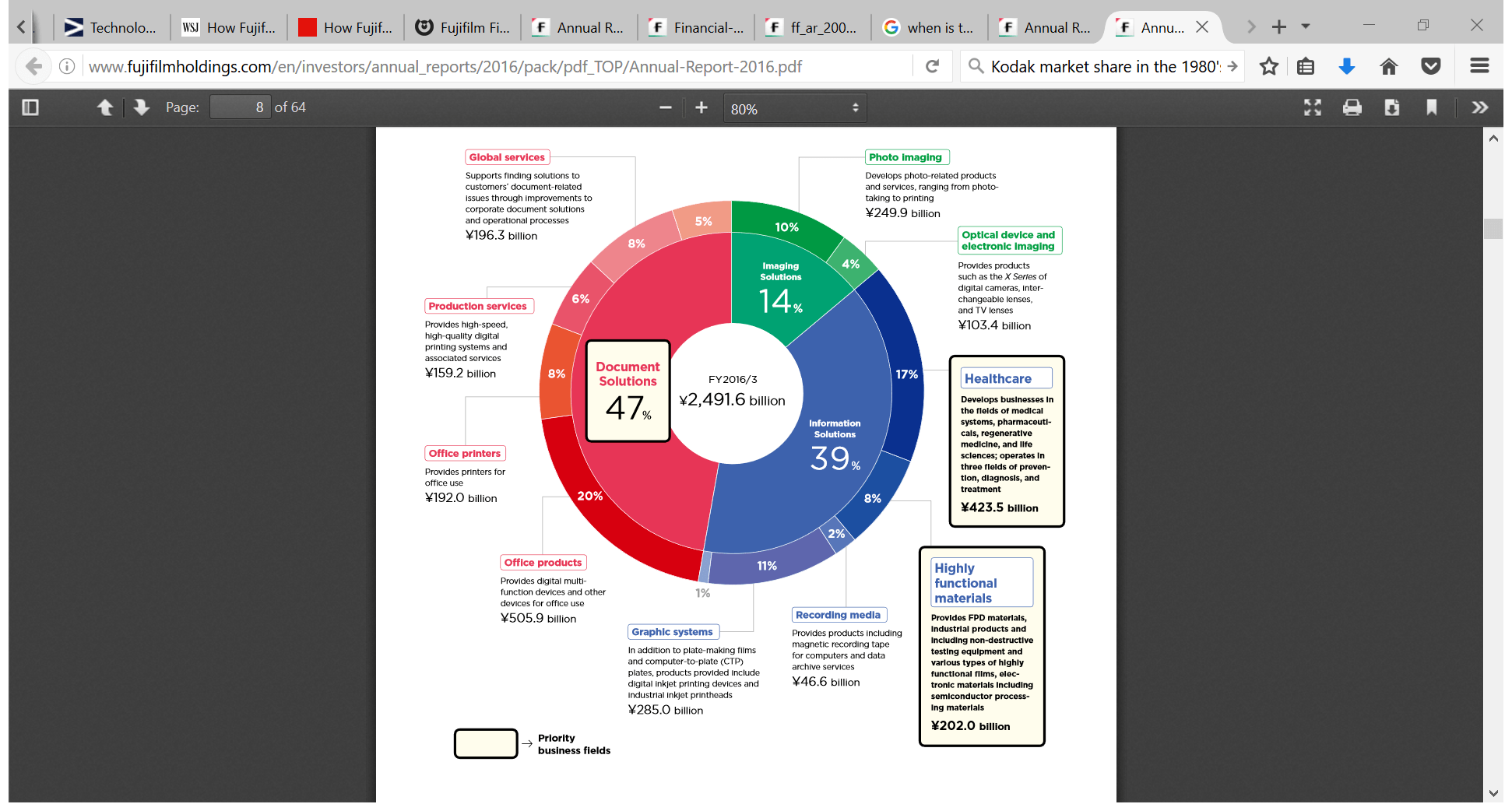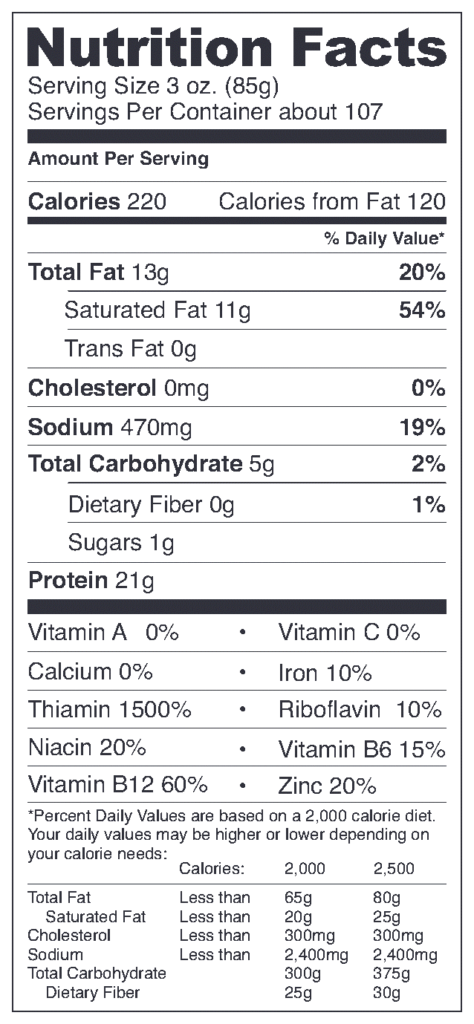Impossible Foods: The Intricacies of Farts and Burps

As disposable income increases, consumers increase their meat consumption, thereby driving up demand for meat. Founded in 2011 by Stanford biochemistry professor Patrick Brown, Impossible Foods Inc. researches and develops plant-based meat and dairy products. The company aims to provide consumers the taste and nutritional benefits of meat without the negative environmental impacts of livestock products.
Background
As disposable income increases, consumers increase their meat consumption, thereby driving up demand for meat [1]. As shown in FIG. 1, the effect of increased income on diets is most evident among low- and middle-income populations. As an example, one of the fastest growing meat consuming countries is China.
Emitting over 7.1 GtCO2-eq per annum (over 15% of human-induced greenhouse gas emissions), the livestock industry is an important player in climate change [2]. This blog post focuses on cattle (beef production in particular), as it accounts for the vast majority of the emissions in the industry.
Today, approximately 1.4 billion cattle roam Earth at any given time. Cattle are ruminants—mammals that acquire nutrients from plants by fermenting them in a specialized stomach prior to digestion. As a result of chewing, regurgitating, and chewing again, cattle fart and burp A LOT. In combination with feed production, manure storage, enteric fermentation, and transportation of animal products, cattle produce over 3 GtCO2-eq per annum [3][4]. As shown in FIG. 2, the Global Livestock Environmental Assessment Model found that cattle are the most polluting livestock.
Meat Analogue
Meat analogue, or vegetarian meat, serves as a proxy for meat. Meat analogue mimics certain aesthetic qualities—including texture, flavor, and appearance—and chemical composition of specific types of meat. Meat analogues may be soy-based (for example, made of tofu or tempeh) or gluten-based. Vegans, vegetarians, and those of specific religious faith tend to rely on meat analogue to fulfill protein intake needs. Primary reasons that meat analogue has not gone mainstream include its bland taste, perceived difference in texture from real meat, and consumer skepticism.
Impossible Foods Inc.
Founded in 2011 by Stanford biochemistry professor Patrick Brown, Impossible Foods Inc. researches and develops plant-based meat and dairy products. The company aims to provide consumers the taste and nutritional benefits of meat without the negative environmental impacts of livestock products. As the world moves towards curbing greenhouse gas emissions, the livestock industry will necessarily need to improve its operational efficiencies to reduce carbon footprint. California, for example, will begin regulating greenhouse gas emissions tied to dairy cows and landfills “by requiring dairy farmers to reduce methane emissions from manure to 40 percent below their 2013 levels by 2030 [4].” Similar measures (known as a “fart tax”) are also being pushed by the United Nations.
By providing meat alternatives, Impossible Foods Inc. hopes to expedite the process of minimizing greenhouse gas emissions by the livestock industry by diverting away the increase in demand for meat. Impossible Foods Inc. researches animal products at the molecular level and selects specific proteins and nutrients from plants to provide consumers with the experience of consuming meats and dairy products without harming animals.
The first product rolled out by Impossible Foods Inc. is the Impossible Burger. The company prides itself on making the first all plant-based, vegan ground beef burger. The Impossible Burger is made from wheat, coconut oil, potatoes, and “heme.” Heme is the secret sauce that differentiates the Impossible Burger from other meat analogue. Heme is the key chemical that governs the behavior of meat and what gives meat its bright color and juicy taste. By extracting heme from plants and fermenting the same, the Impossible Burger overcomes the various aforementioned factors that turn consumers off when consuming traditional meat analogue.
Just how good is the Impossible Burger for the consumer and for the environment? According to Impossible Foods Inc., the plant-based Impossible Burger delivers “bioavailable protein and iron comparable to conventional beef. It has no cholesterol, hormones, or antibiotics [5][6].” FIG. 3 shows the nutrition facts of the Impossible Burger.
Still according to Impossible Foods Inc., “producing the Impossible Burger requires a quarter of the water used to produce the same burger from a cow, 1/20th of the land and 1/8th of the greenhouse gas emissions [6].” A quick back of the envelope calculation reveals that, replacing a conventional burger made from cattle with a quarter-pound Impossible Burger saves over 20 gallons of water (approximately a 10-minute shower). Alternatively, it eliminates the greenhouse gases emitted by driving 18 miles in an average car or liberates 75 square feet of land for wildlife.
Next Steps
Impossible Foods Inc. understandably initiated its efforts in ground beef—the U.S. beef burger market is a whopping $30 billion business. While cattle are the most polluting livestock, Patrick Brown recognizes the need to cut emission across all products. Impossible Foods Inc. has announced that its team of scientists, nutritionists, and researchers are working together to make chicken, pork, fish, and yogurt entirely from plants. By tailoring specific products for specific audiences around the world, Impossible Foods Inc. hopes to replace meat consumption without changing consumer behavior and play its part in minimizing greenhouse gas emissions.
[794 Words]
References
[1] Delgado, C., Rosegrant, M. & Meijer, S. (2001). Livestock to 2020: the revolution continues. International Agricultural Trade Research Consortium. http://www.iatrcweb.org/oldiatrc/Papers/Delgado.pdf (accessed November 1, 2016).
[2] Schwarzer, S. (2012). Growing greenhouse gas emissions due to meat production. UNEP Global Environmental Alert Service (GEAS). http://www.unep.org/pdf/unep-geas_oct_2012.pdf (accessed November 1, 2016).
[3] Gerber, P.J., Steinfeld, H., Henderson, B., Mottet, A., Opio, C., Dijkman, J., Falcucci, A. & Tempio, G. (2013). Tackling climate change through livestock – A global assessment of emissions and mitigation opportunities. Food and Agriculture Organization of the United Nations (FAO), Rome.
[4] Cooper, J. (2016). California moves to add methane limits to climate agenda. Associated Press. http://bigstory.ap.org/article/b280edd19f79439c8213ba1d0d6aab48/california-moves-add-methane-limits-climate-agenda (accessed November 1, 2016).
[5] Soller, K. (2016). The Impossible Burger is ready for its (meatless) close-up. The Wall Street Journal. http://www.wsj.com/articles/the-impossible-burger-is-ready-for-its-meatless-close-up-1465912323 (accessed November 1, 2016).
[6] Impossible Foods Inc. FAQs. (2016). http://www.impossiblefoods.com/faq (accessed November 1, 2016).






I was following this company and found their products fascinating. Impossible Foods is one of few companies to actually apply tech to the food itself rather than the abundance of technology we’ve seen around the production or delivery of food. It’s amazing how much more efficiently they can produce meat by taking the animals out of the equation! From the marketing point of view, it’s not requiring the consumer to change their food preferences or habits at all, just providing nutritional and environmental benefits. This is the future of the food industry.
Agreed with @AakashM this is definitely the future of food!
Another idea to take climate change impact one step further: Impossible Foods is also dependent suppliers for coconut oil, potatoes and wheat. Where it is feasible, they should ensure they are sourcing their ingredients from places that are using sustainable farming practices.
I do however wonder, Impossible Foods actually convert meat eaters to their meatless burger long term? Or will this just capture the market for vegetarians? If we meat eaters don’t switch over, then the demand for meat (and it’s climate implications) will be left largely unchanged.
As much as I agree that Impossible Food has transformed the traditional meat industry by creating a more energy-efficient substitute for meat, I doubt whether this will turn out to be a niche market. From a evolutionary perspective, homo sapiens have fed on meat even way before they became homo sapiens. The importance of meat to people are genetically coded, rather than aspirational, hence changing this consumption behavior on a massive scale would be very difficult. I would expect that the company gather some media attention through their innovative technology and attract many people to try out their burger, but it would be difficult to convert meat eaters in the long term (just as @EBN pointed out). However, even if the company manages to only convert a fraction of the population into eating meatless burger, it would still be a great success to the company as well as the environment.
As we’ve learned in marketing, changing existing entrenched consumer behaviors is very, very difficult. One way for Impossible Foods to increase adoption of their product in the market is to target younger people who have not yet developed an absolute preference for regular protein products. Second, they could look to partner with specific food chains that have a similar mission or target market, such as Clover, a Boston based company that is vegetarian only. By getting a foothold in the smaller markets that have potential to grow, this company can be positioned very well to take advantage of the impending changes in the food business caused by climate change.
Great post. I agree with the responses above that it will be very difficult to replace real meat for meat eaters, but that this could be a great alternative for vegetarians. While there are negative connotations associated with genetically modified organisms at the moment, I think something in this vein has to be the future of sustainability. Have you looked into lab grown (aka cultured) meat at all? While it seems far fetched at the moment, several companies have been working on producing meat from stem cells. This could be a good, albeit expensive, substitute in the distant future.
See lab meat: http://gizmodo.com/the-future-will-be-full-of-lab-grown-meat-1720874704
This is a really interesting company – thanks for sharing! I had no idea that cows produced CO2 emissions from their manure! Similar to the comments above, I am skeptical about the buy in from consumers – especially meat eaters! Although I think the idea of a meat substitute – that tastes like and has texture similar to meat- is very innovative and not only mitigates climate change risk but also promotes healthier eating habits, I think it will be difficult to get consumers to switch from eating meat to a meat substitute. I am skeptical about how successful this company will be in gaining customers.